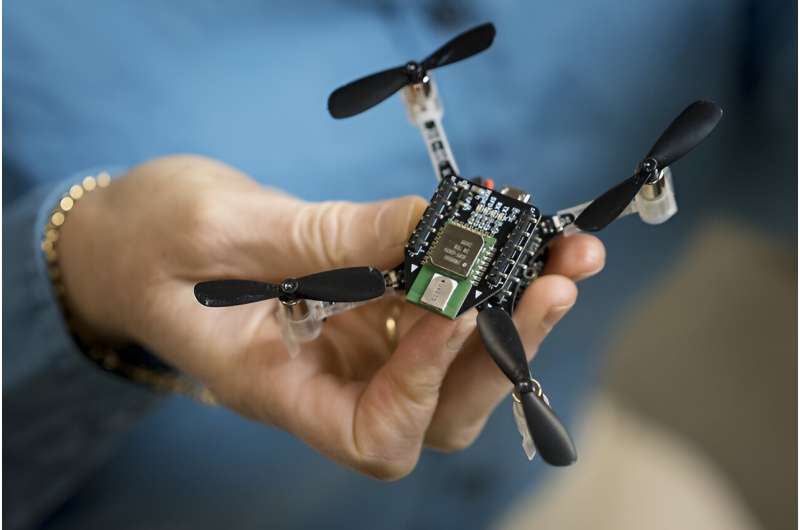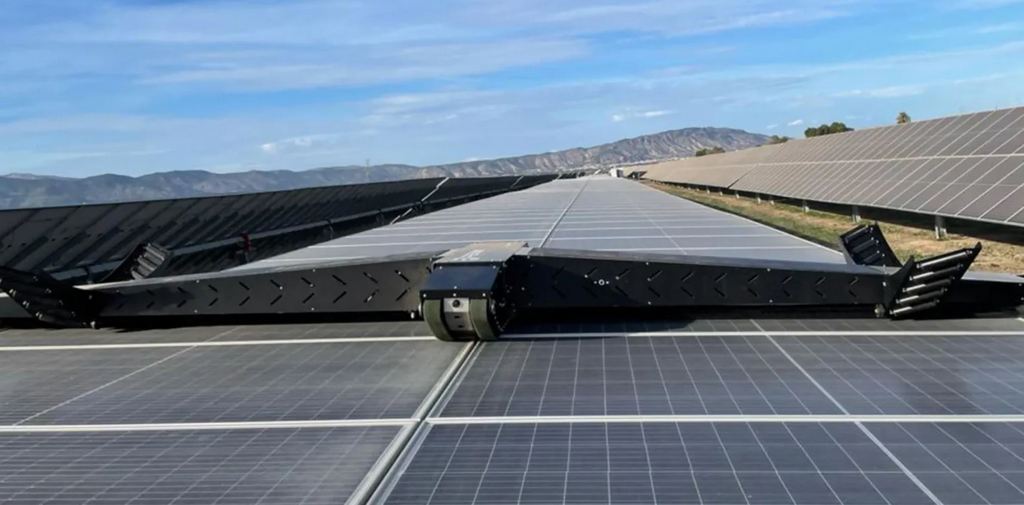Remember when robots in movies had two arms and could handle multiple tasks at once? That future has arrived with the Dual Arm Compound Robot, a versatile helper that's finding its way into classrooms, factories, and even homes.
Not Your Average Robot
What makes this robot special? For starters, it has two robotic arms that can work together or independently – just like human arms. Each arm has seven points of movement (called axes), giving it the flexibility to perform complex tasks that would stump simpler machines.
"It's like having an extra pair of highly skilled hands that never get tired," explains robotics engineer Dr. Sarah Chen. "The dual-arm design mimics human movement patterns, making it intuitive to program and work alongside."
These arms aren't just flexible – they're strong too. Each can lift up to 5 kilograms (about 11 pounds), making them powerful enough for most workplace tasks without being dangerous to work around.
Smart Without Breaking the Bank
Unlike many advanced robots that require expensive sensors to work safely, the Dual Arm Compound Robot uses clever programming to perform precise movements without needing special torque sensors. This makes it more affordable while still maintaining impressive accuracy.
The robot runs on standard DC power (between 20 and 27 volts) and uses about 200 watts – roughly twice what a typical laptop uses. It's built to last, with certification guaranteeing 30,000 hours of service life, equivalent to working full-time for over 14 years.
From Classroom to Factory Floor
What's particularly impressive about this robot is how it fits into so many different settings:
In Schools and Universities
Students get hands-on experience programming and working with the same technology they'll encounter in their future careers. Teachers can demonstrate complex concepts using a real-world example that responds immediately to changes in programming.
"We've seen a complete transformation in how our students engage with robotics," says Professor Miguel Hernandez from Technical University Madrid. "When they can actually see their code make something happen in the physical world with these two arms working in coordination, that's when the real learning happens."
In Research Labs
Scientists use the robot to test new ideas quickly without building custom equipment. Its programmable nature means it can be reconfigured for different experiments in minutes rather than days.
In Manufacturing
Small and medium businesses that couldn't previously afford automation are using the Dual Arm Compound Robot for precision assembly tasks. With its ability to work continuously without breaks, it's helping companies compete with larger manufacturers.
In Smart Homes
Some forward-thinking homeowners are even bringing this technology into their living spaces as high-tech assistants that can handle everything from sorting laundry to preparing simple meals.
Flexible Ownership Options
One factor driving the robot's popularity is the variety of ways businesses can bring it on board:
- Purchase: Companies with ongoing automation needs can buy the robot outright.
- Rental: Businesses with seasonal demands or special projects can rent the robot for specific periods.
- Hire: For one-off tasks or trials, companies can essentially "hire" the robot for very short terms.
This flexibility makes advanced robotics accessible to organizations of all sizes – not just industrial giants with massive budgets.
As automation continues transforming workplaces, the Dual Arm Compound Robot represents a significant step forward. By combining human-like flexibility with machine-like precision and endurance, it bridges the gap between what humans do well and what traditional automation has handled in the past.
"What we're seeing is the democratization of advanced robotics," says industry analyst Wei Zhang. "Five years ago, this level of capability was only available to the largest companies with dedicated robotics divisions. Now it's accessible to small businesses, schools, and even individuals."
With its combination of strength, precision, versatility, and relatively affordable price point, the Dual Arm Compound Robot isn't just changing how we work with machines – it's expanding who can work with them in the first place.


















